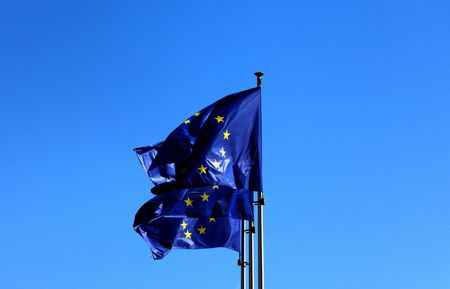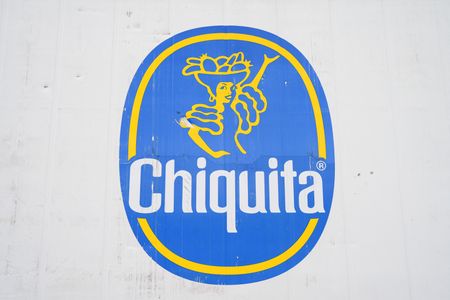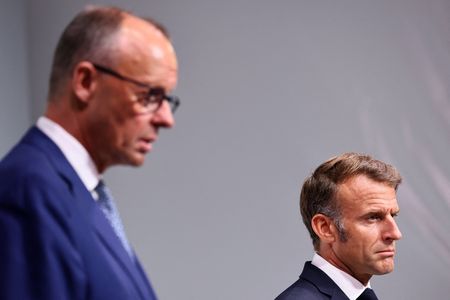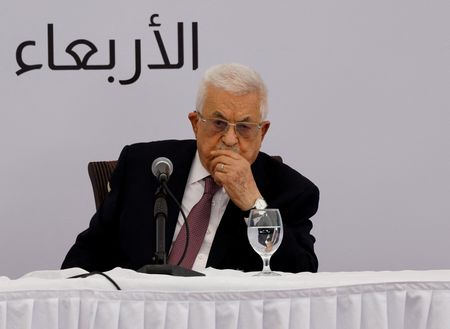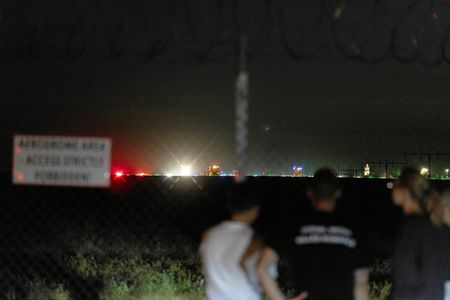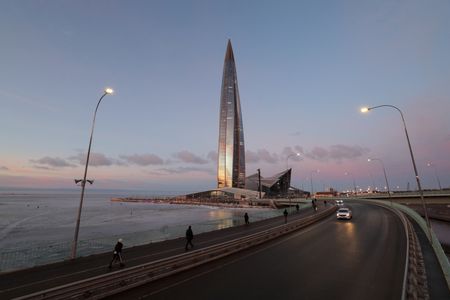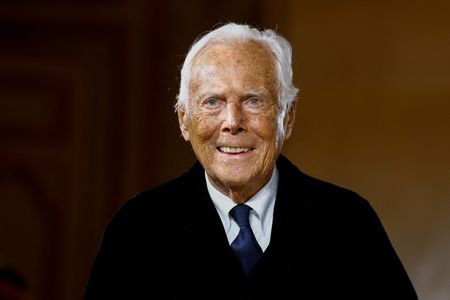By Kate Abnett
BRUSSELS (Reuters) -European Union countries are considering imposing stricter requirements on companies to prove where the gas they import is produced, as part of the bloc’s plan to phase out Russian imports, a document seen by Reuters showed.
The European Commission last month proposed legislation to phase out EU imports of Russian oil and gas by January 1, 2028, as Brussels seeks to sever its decades-old energy relations with Russia following its 2022 invasion of Ukraine.
Proving where gas, which may be blended in transit, originates, is notoriously difficult.
Without giving specific detail, the latest draft of the negotiating proposal, seen by Reuters, showed countries are considering requirements for importers to provide more documentary proof to national authorities that their fuel is not Russian.
EU country diplomats will discuss the proposal at a meeting in Brussels on Tuesday.
“For imports of natural gas produced in other countries than Russia, the authorising authorities… shall be provided with evidence to establish the country of production of the natural gas,” said the document, dated August 28.
The clause would not apply to gas imports from countries that have also banned or imposed sanctions on Russian gas imports.
Under the proposed ban, the EU will phase out Russian gas imports under new contracts from January 2026, under existing short-term contracts from June 17, 2026, and under long-term contracts in January 2028.
The negotiating document was drafted by Denmark, which holds the EU’s rotating presidency. It declined to comment.
Importers of LNG cargoes from Russia, which contain gas from various origins, would also need to provide documentation to prove how much Russian gas is in these mixed cargoes, the document said.
Governments aim to agree their joint position on the Russian gas ban by mid-October, after which they and the European Parliament will negotiate and approve the final law.
About 19% of Europe’s gas came from Russia last year, via the TurkStream pipeline and LNG shipments. This share is expected to fall to 13% in 2025, down from roughly 45% before 2022.
(Reporting by Kate Abnett; editing by Philip Blenkinsop and Barbara Lewis)

